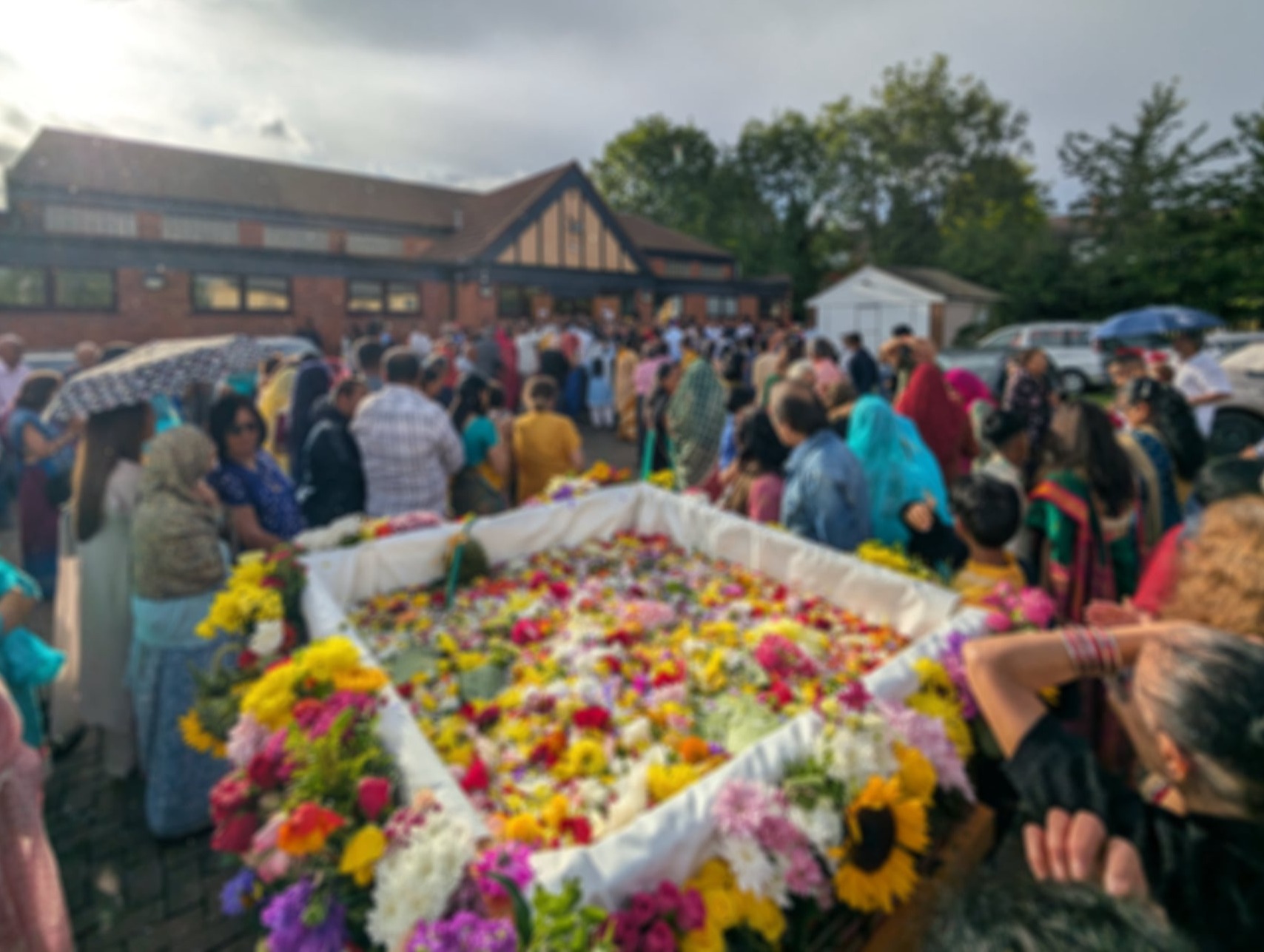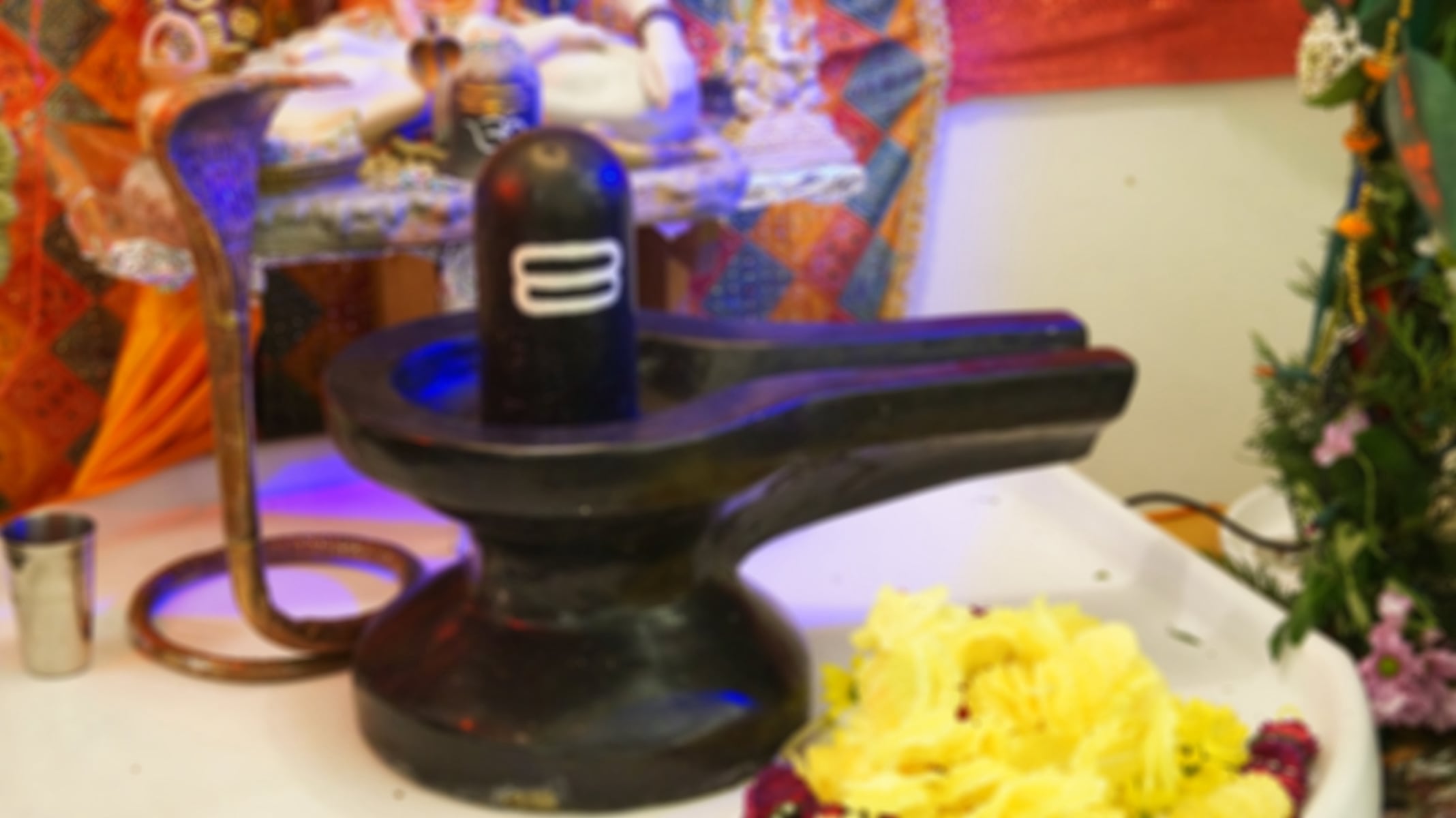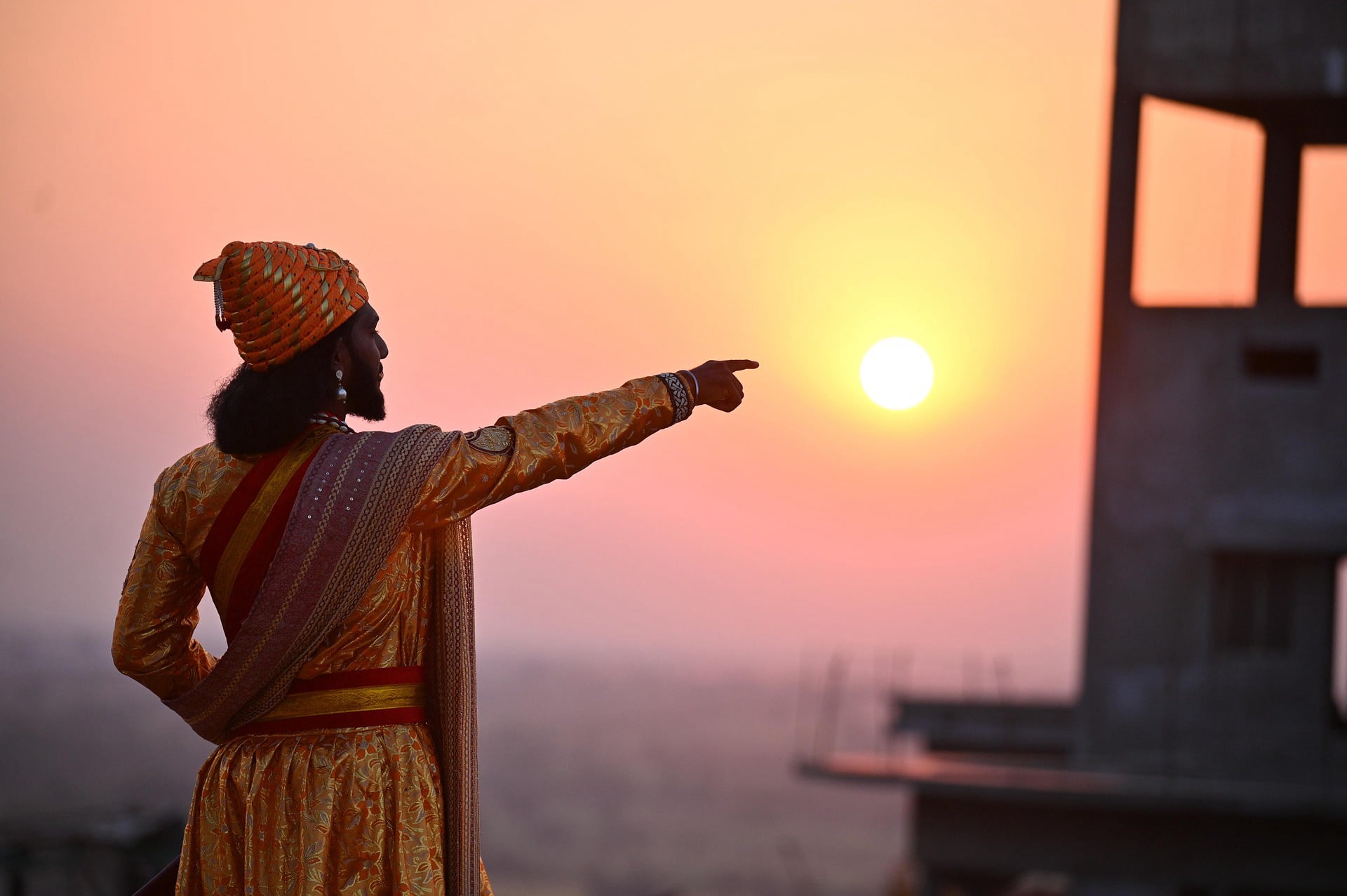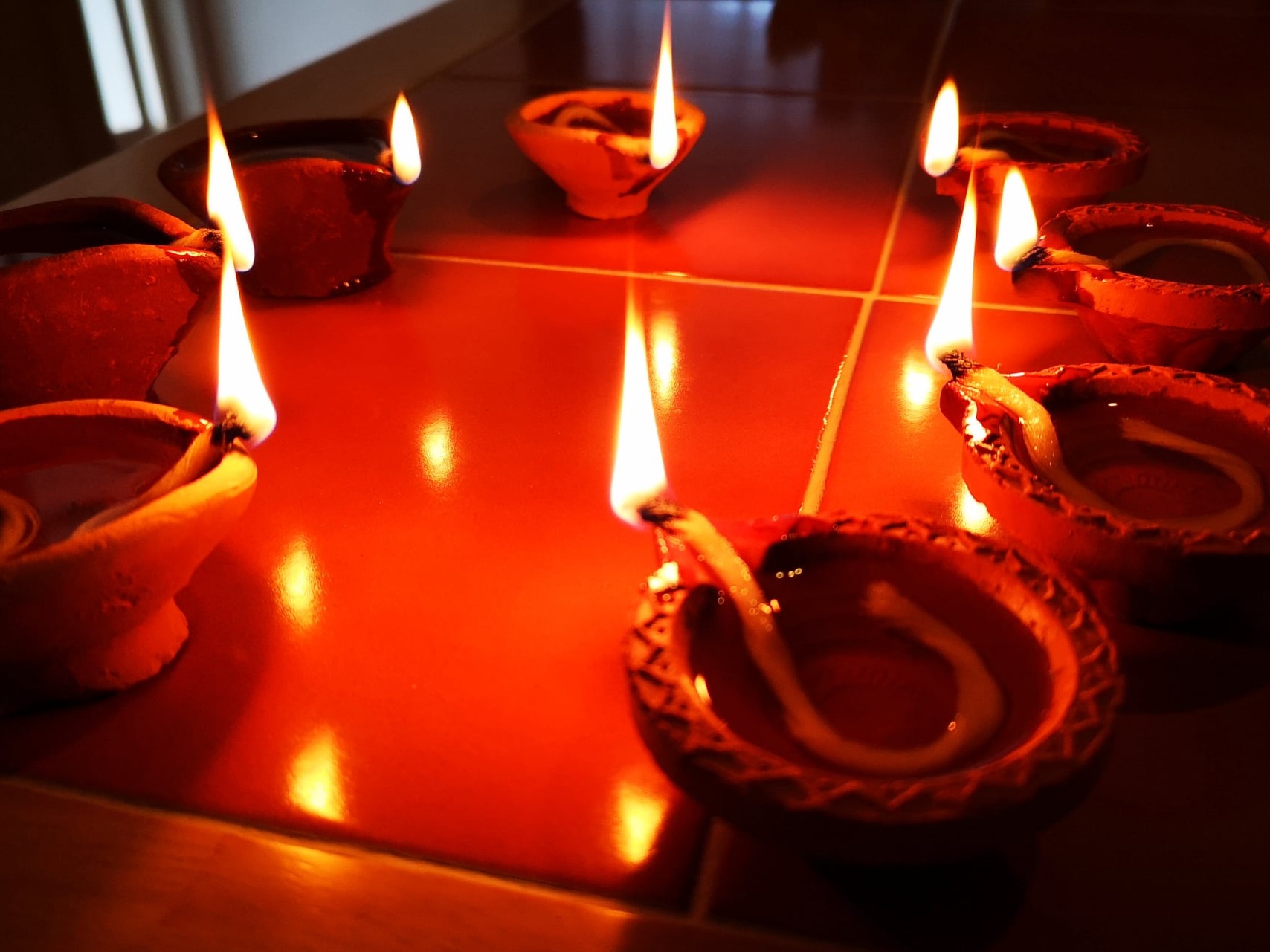
Ganesh Chaturthi
The Ganesh Chaturthi Festival is a vibrant and culturally rich celebration that pays homage to Lord Ganesh, the remover of obstacles and the deity of wisdom and new beginnings. This festival is observed with great enthusiasm not only across India but around the world, uniting communities in a spirit of devotion and joy. The duration of the celebrations can vary significantly, typically lasting anywhere from 2 to 10 days, depending on local traditions and customs.
During this festive period, participants engage in a range of activities that include heartfelt prayers, fasting, and lively performances featuring traditional songs and dance dedicated to Lord Ganesh. Homes and public spaces are often adorned with intricate decorations, and elaborate idols—known as Ganesh Murthi—are installed to create a sacred atmosphere. The festival reaches its climax with a poignant ritual known as immersion or "visarjan," where the Ganesh Murthi is ceremonially submerged in water. This act symbolises the return of Lord Ganesh to his heavenly abode, marking the end of the celebrations with a sense of both sorrow and gratitude.
A notable milestone in the history of Ganesh Chaturthi celebrations organised by the MMS (Mandal Mitra Sangh) occurred in 2007, marking their first-ever public procession featuring the Ganesh Murthi around the vibrant community of Palmers Green. This event was a significant turning point, igniting a tradition that continues to thrive today. Fast forward to 2019, this year's festival became one of the most memorable in recent times, attracting a record number of attendees. The atmosphere was electrifying, as a large number of devoted followers and intrigued onlookers gathered to witness the joyous festivities, celebrating with enthusiasm and togetherness.
In the years following 2019, each procession has been thoughtfully organised within the vicinity of the Darji Mitra Mandal. Over time, these processions have become an integral part of the community's cultural fabric. The immersion of the Ganesh Murthi now takes place outside the hall in a specially constructed tank, ensuring a smooth and respectful completion of the festivities while enhancing the overall experience for both participants and spectators. This careful planning and attention to detail have contributed to the festival’s growing popularity, making it a cherished event for many.



Follow us
Instagram
Official Instagram Account
YouTube
Official Youtube Channel
Facebook
Official Facebook Page